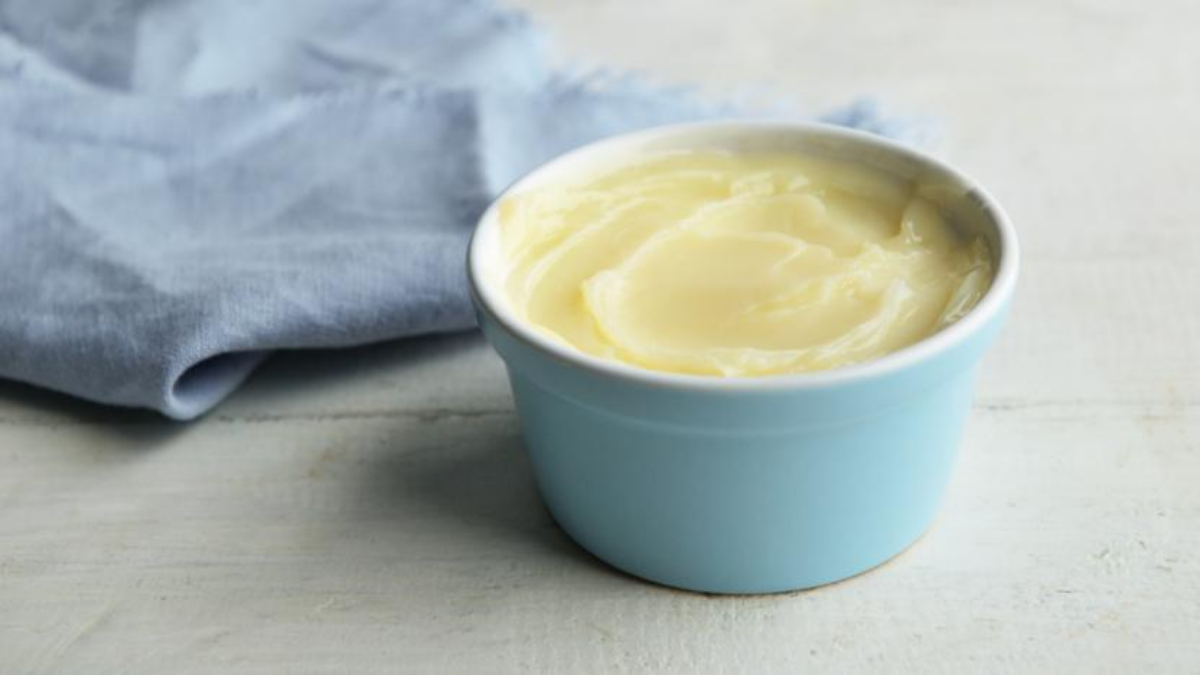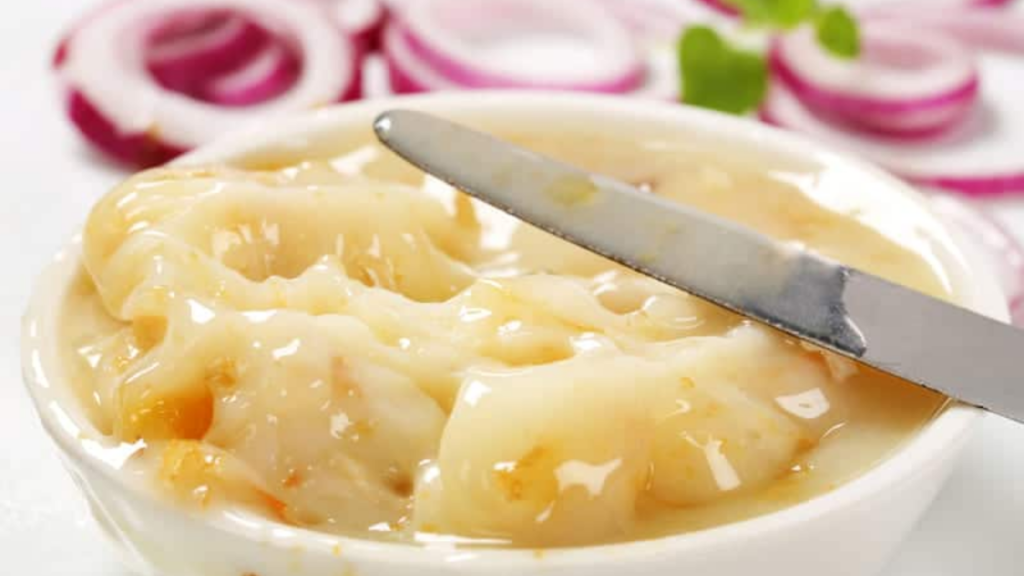While butter and oils are common cooking ingredients, various other options can add flavor and nutrition to your dishes. Duck fat, in particular, has a rich flavor and a beautiful golden hue that would otherwise be difficult to achieve. Duck fat is a popular addition to fried or roasted potatoes, but it can also be used in croquettes, pie crusts, and even popcorn. For recipes that call for a high cooking temperature, many people prefer it.
Duck confit, a popular dish in many cultures, is made from salt-cured duck legs. The meat is best marinated and poached in rich duck fat for this popular dish. Many people prefer to render their duck fat when preparing duck meat, even though duck fat is readily available in many grocery stores and specialty food stores. Although most store-bought duck fat is preservative-free, some products may contain added flavors.
Duck Fat Nutrition Facts
What is Exactly Duck Fat?
One of the ultimate culinary delicacies is duck fat. Pekin and Moulard ducks have a thick layer of fat beneath their skin that can be rendered and used in various ways in the kitchen. Duck fat can be used in place of butter in any recipe, and it works well as a substitute for a variety of other cooking oils, including olive oil.
Roasted potatoes in duck fat are savory and crispy, and duck fat French fries are delicious. Before roasting, rub a chicken with duck fat inside and out for crispy skin and moist, succulent breast meat. You can even use it to make pie crusts instead of lard, butter, or shortening. Drizzling it on popcorn is a great idea!
Is Duck Fat Healthy?
Here are the health benefits of duck fat:
- Duck fat’s monounsaturated fat may aid in maintaining healthy levels of “good” HDL cholesterol. It can also help lower LDL cholesterol levels, which is “bad” cholesterol.
- A growing body of evidence suggests that polyunsaturated fat-rich foods, such as duck fat, can help lower blood glucose levels. This is even more likely if you replace carbohydrates with polyunsaturated fats as a source of calories.
- Essential amino acids, an organic compound that helps your body function, are abundant in duck meat. Amino acids are used by your body to produce energy.
- Due to its lower saturated fat and higher unsaturated fatty acid profile, duck fat may be a healthier alternative to traditional animal fats like pork lard and beef tallow.
Risk of Consuming Duck Fat
Although duck fat is healthy, it has some side effects also:
- Olive oil, for example, contains oleic acid, which can lower blood pressure, but oleic acid derived from animal sources does not. Overall, it may have a minor effect on blood pressure.
- Duck fat is also high in calories, contributing to excess body fat and weight gain if consumed in excess.
- Excess body fat, also known as adiposity, has been linked to hormonal imbalances, insulin resistance, and type 2 diabetes development.
- Weight gain and effective weight loss strategies are more complicated than simply eating fewer calories, but watching your intake of high-fat foods like duck fat can help you achieve your weight goals.
How to Make Render Duck Fat?
Duck fat can be purchased as an oil or a cooking spray in stores or online. It may have a solid appearance at lower temperatures due to its saturated fat content, but it becomes a liquid, similar to coconut oil, when heated. You can, however, render duck fat at home. Rendering is the process of melting the fat and straining it to remove any impurities, resulting in pure duck fat cooking oil.
Here’s how you can render duck fat at home:
- Trim the duck skin, abdominal fat, and other fat from the whole duck or breasts, legs, and thighs using a sharp knife.
- Place fat and skin in a stockpot and cover 1/2–3/4 cups of water.
- Bring to a boil, then lower the heat to medium and simmer for about one hour, stirring occasionally. During this time, the water evaporates, and the duck skin and fat release their natural oils.
- Allow to cool slightly, then strain the liquid duck fat in a fine-mesh sieve lined with cheesecloth.
- Store in an airtight container like a glass mason jar in the refrigerator for up to six months or freezer for one year.
When the water evaporates during the rendering process, be cautious of spatters. Put on the appropriate safety apron and mittens to avoid burns from spilled oil.
What is the Culinary Uses of Duck Fat?
Duck fat is used in the same way as other cooking fats, but chefs prefer it because of its distinct flavor and aroma. Deep frying is best done with fats and oils with a smoke point of over 392 °F (200 °C), the temperature at which fat begins to break down and release smoke.
According to several culinary websites, duck fat has a smoke point of 375°F (190°C). Because of its lower smoke point, it’s best used for low- to medium-heat cooking, such as pan-frying and sautéing.
Stir-fried vegetables, roasted potatoes, and seared meats all use duck fat. Duck confit is a French dish in which salted duck legs are lightly poached in duck fat and kept submerged in duck fat for up to a year.
Salad dressings, mayonnaise, and even popcorn can all be made with duck fat.
In addition to these culinary applications, duck fat is being studied in the scientific community and the food industry in two ways:
Make and Preserve Processed Meats
Duck fat is still being studied for its ability to preserve meats. In emulsion sausages like frankfurters or hot dogs, it is a suitable, lower-saturated fat replacement for pork and beef fat. Duck fat meat coatings are a cost-effective method of reducing bacterial growth on chicken meat’s surface.
Replacement for Soybean Oil in Margarine
Soybean oil and fully hydrogenated soybean oil account for 80% of the fat content in margarine. Hydrogenation of soybean oil produces industrial trans fats, which may be harmful to heart health, unlike trans fats found naturally in some foods. When used as a substitute for soybean oil in margarine, Duck fat improved the sensory properties and quality while also removing the need for industrial trans fats.
What is Better Duck or Goose Fat?
Duck fat can be substituted for goose fat and vice versa. They both have a high smoke point and can be heated to quite high temperatures, making them ideal for roasting potatoes to golden crispness, and they both have a better flavor than oil. In most cases, goose and duck fat is purchased in cans or vacuum-sealed jars, and once opened, the fat should be stored in the refrigerator.
Duck and goose fat keep well in the fridge, and the label on the package should indicate how long the fat will keep after opening, but it should last at least three months in most cases. It starts to smell and taste rancid when it gets too old, so use your nose as a guide. It also freezes well, so you can divide it up and freeze it in manageable portions if you buy it in bulk.
It appears that duck and goose fat can be reused, but any impurities in the fat must be removed carefully because they will burn the next time the fat is heated. Allow the fat to cool before straining it through a muslin-lined sieve and refrigerating. Roast potatoes absorb a lot of fat, so you’re unlikely to have much leftover in the roasting pan, but if you want to “stretch” the use of your duck or goose fat, try roasting your potatoes with half duck or goose fat and half oil (a flavorless type like sunflower, vegetable, corn, canola, or groundnut/peanut).
Conclusion
Duck fat is a byproduct of duck meat production that is frequently dismissed as a waste of a duck. When used in place of other similar fats, it is high in heart-friendly unsaturated fatty acids and may provide some health benefits such as lowering blood sugar and lowering your risk of heart disease. Because it is high in fat and calories, it is best to consume it in moderation as part of a healthy diet.
Linoleic acid is abundant in duck fat. Canola oil, walnuts, and various other foods contain this polyunsaturated fat. While scientists disagree on the optimal amount of linoleic acid in a healthy diet, many believe it is good for their hearts. Duck fat contains many oleic acids, which are also present in olive oil. According to preliminary research, oleic acid may positively impact inflammation and immune response.



